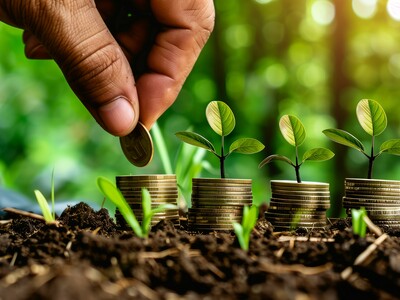Making REAP Work
Making REAP Work. I’m Greg Martin as Line On Agriculture presents the Harvest Clean Energy Report.
Stuart Scott, owner of Camas Prairie Winery in Moscow, Idaho is one of a growing number of business people who have taken advantage of the governments REAP funding. The Rural Energy for America Program provides funds to agricultural producers and rural small businesses to purchase and install renewable energy systems and make energy efficiency improvements. Scott made his mind up a few years ago to make some improvements.
SCOTT: I went out and with the assistance of our local utility they provided documentation of usage for a 5-year period. I took that information to an accountant and had her calculate for me not only the cost of the energy that I was using on an annualized basis but what a potential savings would do for me.
Scott says he was able to take advantage of a 30% tax credit and that was before he saw an ad for a REAP presentation.
SCOTT: If I was successful as a grant applicant I would be able to derive a 25% direct cash savings from the government as a function of the grant and that would be on top of the 30% tax saving and also a grant that’s available to me from our local utility, Avista.
Besides the REAP benefits many states have their own programs and incentives and Scott says you need to check around.
SCOTT: So depending on where you are, everybody in the nation would be able to avail themselves of the Rural Energy Assistance Program, also the federal tax credit and then depending on your location you might also get state tax credits or grants from your own utilities.
The winery is located in an old building that required some hefty engineering but according to Scott, his savings have been well worth it.
SCOTT: Even with the extra engineering we started out with a beginning cost of $92-thousand dollars and at the end of 2 year in my case I will have captured all of the tax savings and I’ve already received the REAP grant money so we’ll go from $92-thousand dollars down to – I will have an out of pocket figure of $40-thousand dollars.
For additional information on clean energy, visit harvestcleanenergy.org. That’s today’s Line On Agriculture. I’m Greg Martin on the Northwest Ag Information Network.
www.harvestcleanenergy.org

















